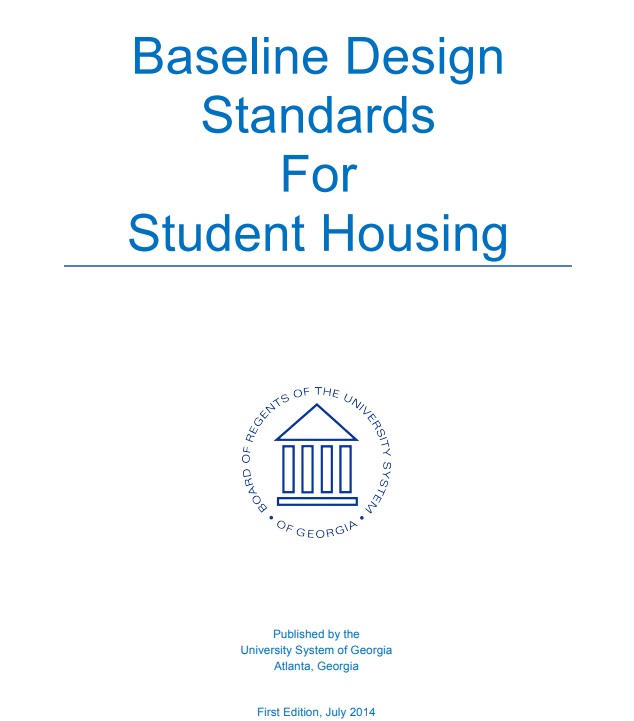A Modular Control Lab Equipment and Virtual Simulations for Engineering Education
Vanessa Young, et. al | Kennesaw State University Department of Mechanical Engineering
Abstract: Hands-on experiences in engineering education are highly valued by students. However, the high cost, large size, and non-portable nature of commercially available laboratory equipment often confine these experiences to lab courses, separating practical demonstrations from classroom teaching. Consequently, mechanical engineering students may experience a delay in practical engagement as lab sessions typically follow theoretical courses in subsequent semesters, a sequence that differs from mechatronics, electrical, and computer engineering programs. This study details the design and development of portable and cost-effective control lab equipment that enables in-class demonstrations of a proportional-integral-derivative (PID) controller for the trajectory and speed control of a DC motor using MATLAB Simulink, as well as disturbance control. The equipment, composed of a DC motor, beam, gears, crank, a mass, and propellers, introduces disturbances using either propellers or a rotating unbalanced mass. All parts of the equipment are 3D printed from polylactic acid (PLA). Furthermore, the beam holding the propellers can be attached to Quanser Qube lab equipment, which is widely used in control laboratories. The lab equipment we present is adaptable for demonstrations, classroom projects, or as an integral part of lab activities in various engineering disciplines.



















